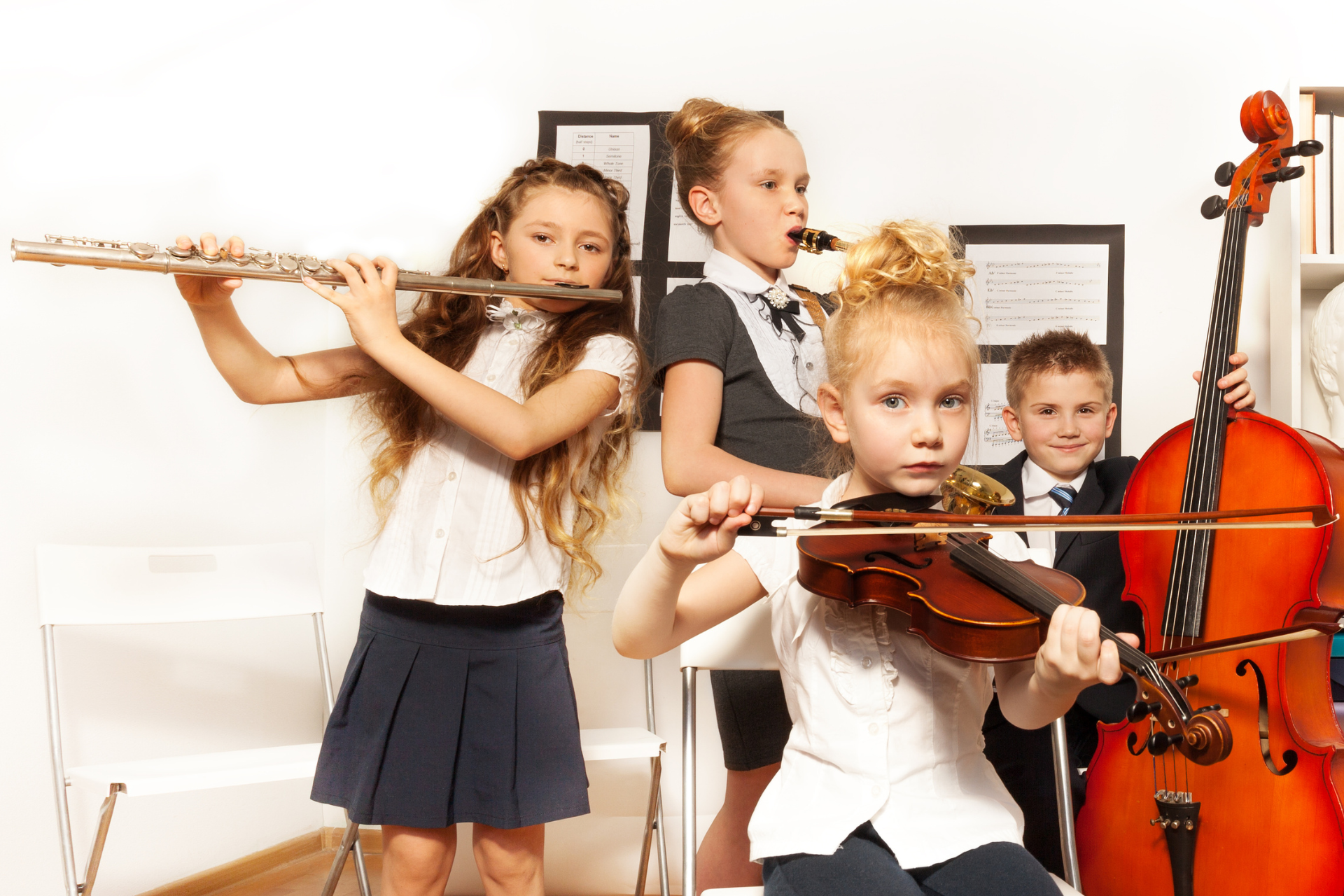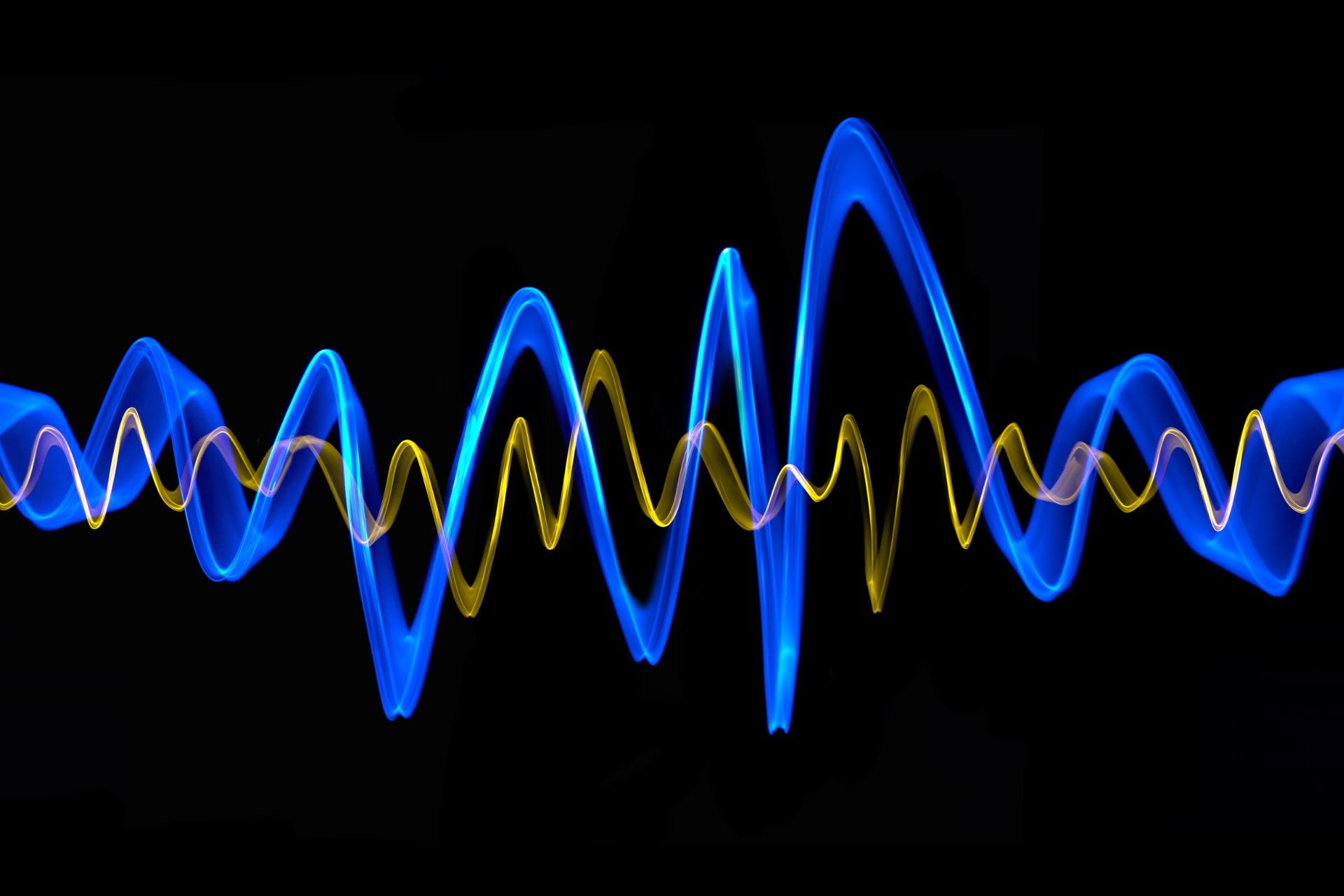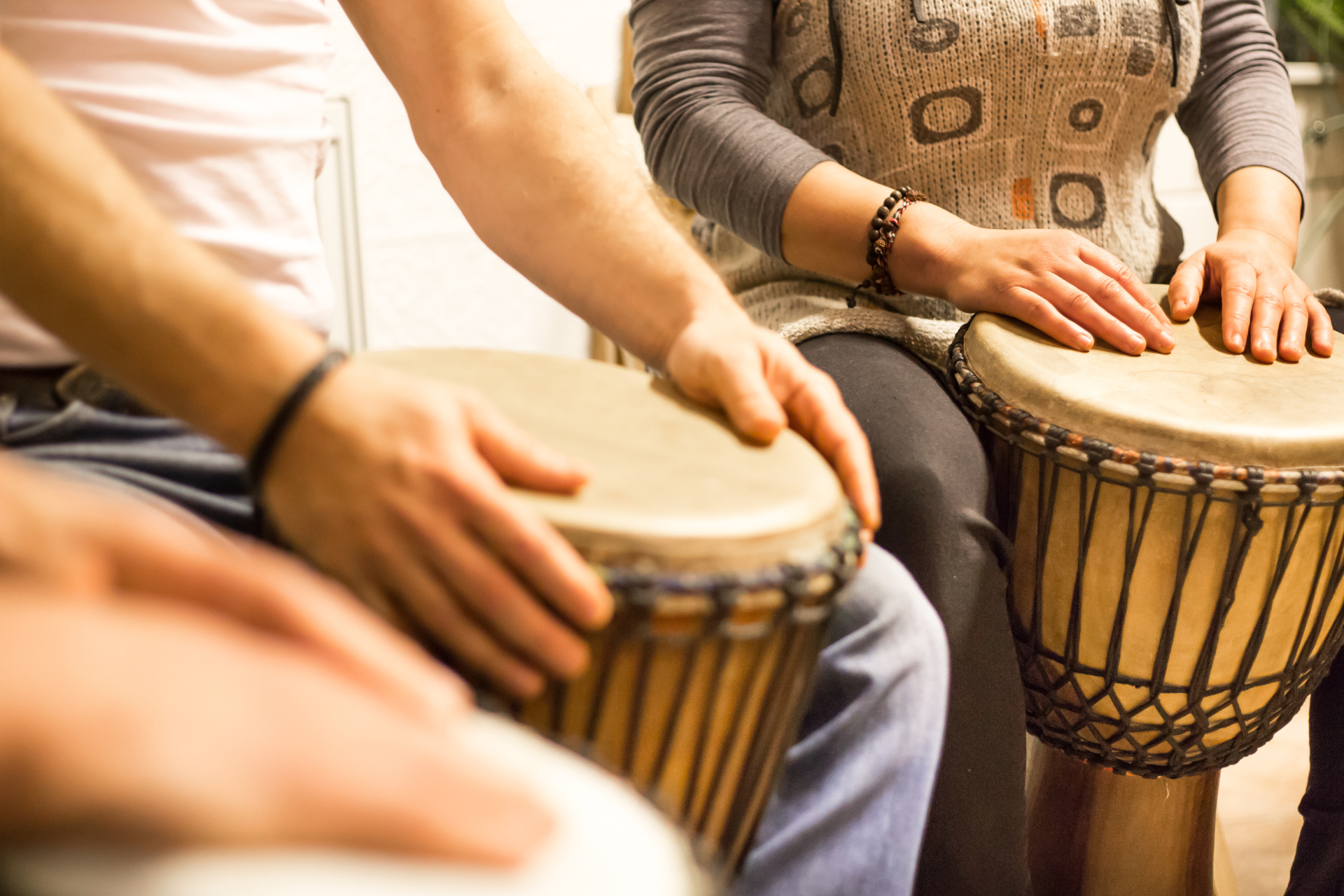General Articles
-
How to Store Your Musical Instrument Safely and Effectively
Proper storage of musical instruments, like strings, guitars, and drums, is vital to maintain their quality and longevity. From using hard cases and controlling humidity to avoiding direct sunlight and extreme temperatures, each instrument requires tailored care. This guide offers practical tips to keep your instruments in excellent condition for years to come.
-
The Power of Classical Music on Children's Brain Development
Classical music is more than an art form; it's a tool that profoundly influences children's brain development. From boosting cognitive abilities and emotional intelligence to fostering creativity and discipline, the intricate harmonies and rhythms of classical compositions offer unparalleled benefits for young minds.
-
Learning Guitar as an Adult and Why It’s Never Too Late to Start
Learning guitar as an adult is not only possible but incredibly rewarding. While there may be challenges such as time constraints, physical limitations, and occasional frustration, the benefits far outweigh them. Playing guitar offers cognitive benefits, emotional relief, and a sense of accomplishment. It can also enhance your social life by connecting you with others who share your passion for music. With the right mindset, patience, and consistent practice, you can overcome any obstacles and enjoy the many rewards of becoming a guitarist at any age.
-
The Science Behind How Guitars Create Music
The guitar is a fascinating instrument, with sound created through a combination of physics and craftsmanship. When you strum or pluck a string, it vibrates, producing sound waves that are amplified by the body of the guitar. The type of string, its tension, and the materials used all influence the pitch and tone. In acoustic guitars, the body amplifies the vibrations, while electric guitars rely on pickups to convert string vibrations into an electrical signal. Understanding these elements can deepen your appreciation for the science behind how guitars create music.
-
The Evolution of Drums: A Rhythmic Journey Through Time
Drums have been an essential part of human history, evolving from primitive tools in ancient rituals to the versatile instruments we know today. Their journey spans continents and cultures, reflecting innovation and the universal language of rhythm.





